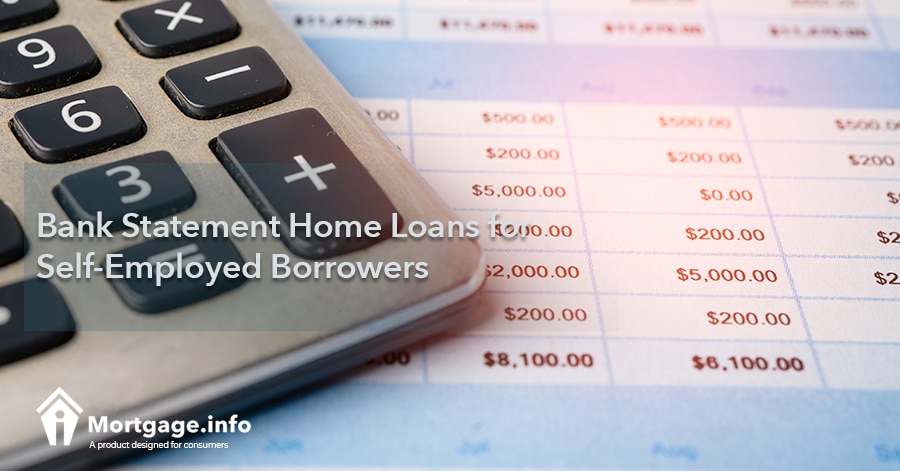Today more and more borrowers are self-employed. Whether it’s due to the downsizing of many companies or just the desire to be their own boss, these borrowers put themselves in charge. Where it may hurt them, though, is with a loan application. Many lenders have stricter requirements for people that work for themselves because the work is often riskier.
Get Matched with a Lender, Click Here.
Immediately following the housing crisis, the loan restrictions were pretty tight for the self-employed. Luckily, they aren’t as restrictive today. In fact, many standard programs only require borrowers to supply one year of tax returns and/or prove one year of self-employment.
What happens if your tax returns are not enough to prove your income, though? You’ll have to turn to bank statements and a subprime lender. Don’t worry, it’s not as bad as it sounds. There are many lucrative programs available out there today.
Applying for a Self-Employed Loan
The first step you’ll go through when applying for a self-employed loan is to fill out a loan application. Along with the application, you’ll provide the lender with your most recent tax returns. If you have two years of tax returns, the lender can take an average of your income.
Here’s where the problems start, though. You might draw a $100,000 salary from your business. But, what do you claim on your tax returns? If your write-offs bring your income down to $75,000, that’s the figure lenders will use for qualification purposes. If that’s not enough to keep your debt ratios low enough, you could find yourself without a loan.
This is where the bank statement loans come into play. Rather than using your income as stated on your tax returns, you can use the cash flow on your bank statements. The lender will take your consistent cash flow and average it to come up with your gross monthly income.
Click to See the Latest Mortgage Rates.
Using this method, the lender doesn’t have to go through the expenses you write off and figure out which ones can be added back into your income to make it higher. Typically, the only tax return write-off a lender can add back in is any depreciation because that is not money that actually comes out of your bank account.
The Difference With Bank Statement Loans
So what is the main difference with bank statement loans and standard loans? It comes down to the lender that provides it and the interest rates. If you qualify for a conventional loan bought by Fannie or Freddie Mac, you’ll be privy to the lowest interest rates on the market.
The lender will only require the documents that the automated underwriting system requires. Oftentimes this means one year of tax returns, asset statements for any down payment money, and third party proof of your self-employment.
If you don’t qualify for a conventional loan, you’ll go through a subprime lender. They will require 24 months of your bank statements to ensure a pattern of consistent income. The lender will also look for any large deposits or expenses that are out of the ordinary, so be ready to explain them. The lender will average your income and use it for qualifying purposes.
In exchange for the flexibility, you’ll likely pay a higher interest rate. Luckily, that’s not the end of the world. Let’s say your interest rate on a bank statement loan would be 1% higher than a conventional loan. If you borrowed $200,000 and the conventional loan would give you a 4% rate and the bank statement loan would give you a 5% rate, the payment difference would be:
$955 for the conventional loan
$1074 for the bank statement loan
The difference isn’t huge. Of course, if you keep the higher interest rate for a 30-year term, it would cost you a lot more in interest. Hopefully down the road, you could refinance the loan and get the rate lower though.
Avoiding Bank Statement Loans
If you want to go the traditional route and avoid bank statement loans, you have to plan ahead. This means you must file your taxes without writing off so many expenses. While you’ll have a higher tax liability for a year or two, you may be able to secure a conventional loan with a lower interest rate. Once you secure your loan, you can go right back to deducting the expenses that help your tax liability stay low.
Just like any other loan, the bank statement loans require you to have decent credit, a low debt ratio, and enough money to comfortably live after paying your mortgage. Subprime lenders don’t want to lend you money that will make it hard to live day-to-day. While the restrictions might seem tough, they are there to keep you financially fit even after buying a home.

